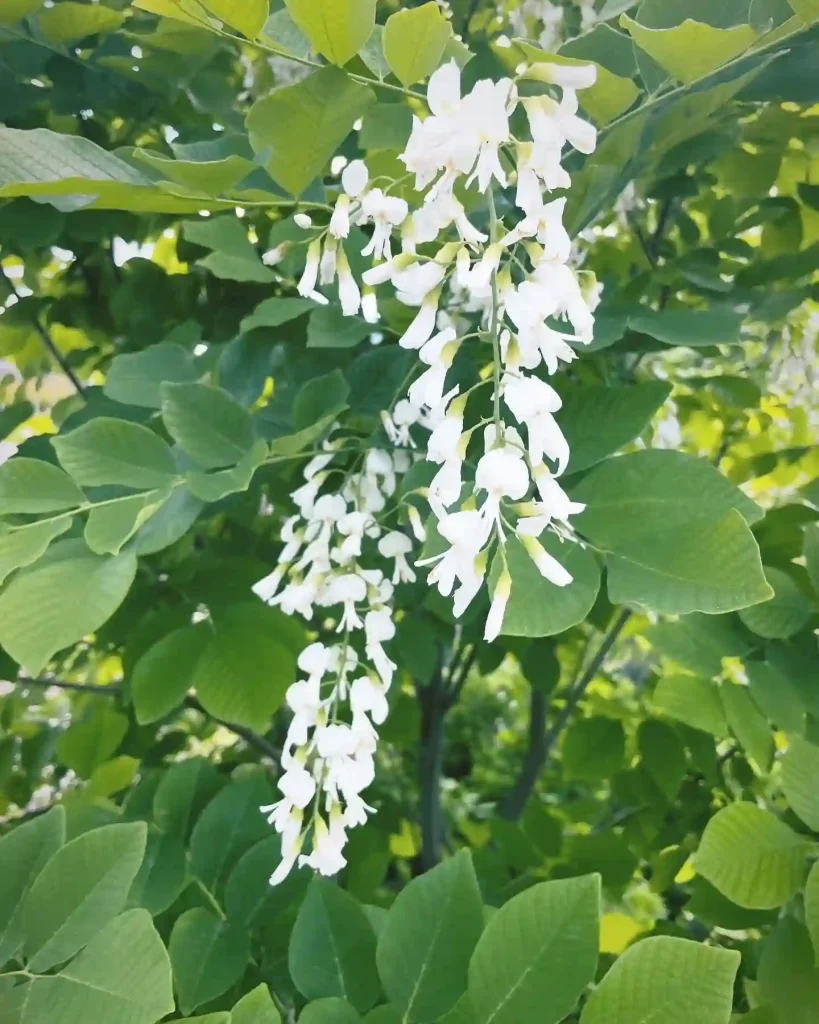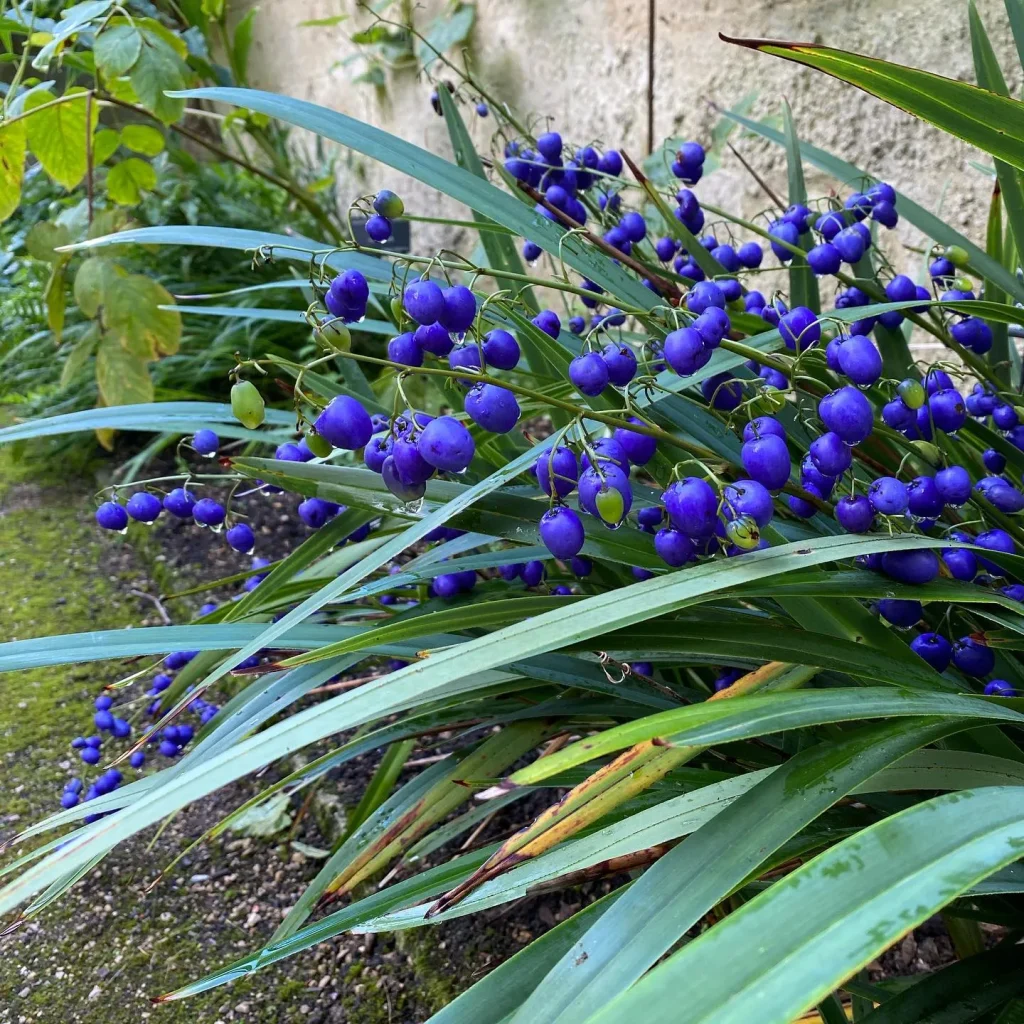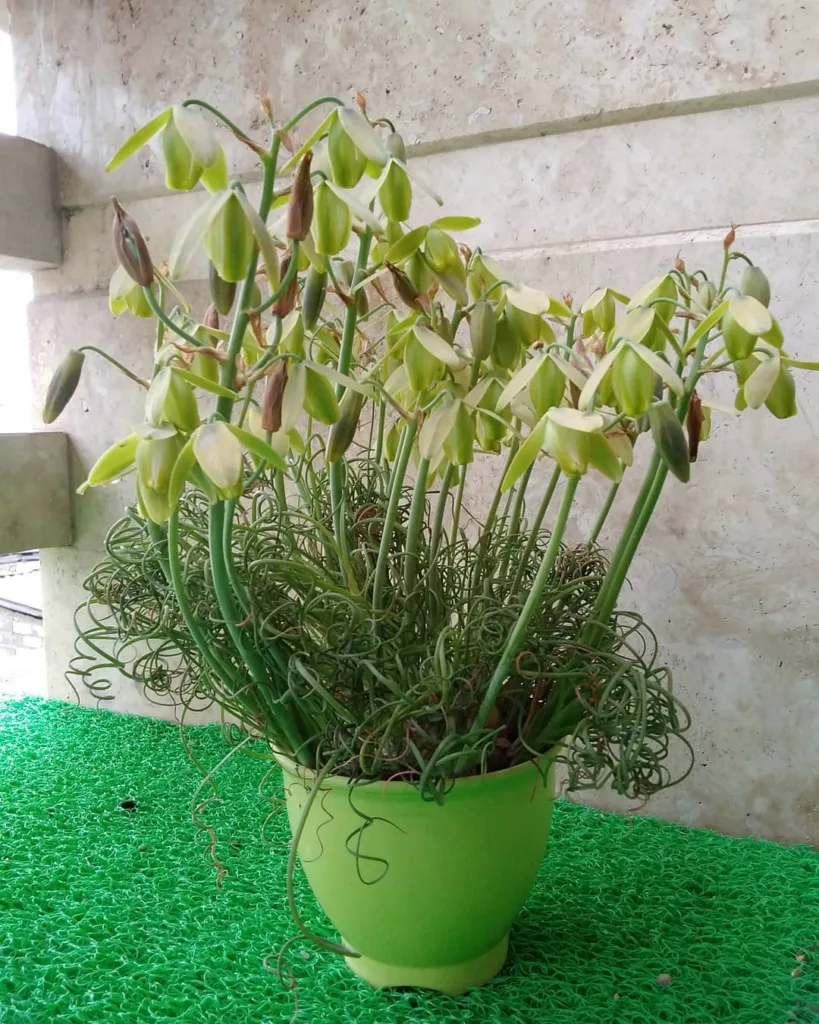
The Allure and Care of the Mimosa Tree: A Gardener’s Guide
The mimosa tree, with its captivating pink puffs of flowers and feathery foliage, has stolen the hearts of many gardeners. But beneath its whimsical beauty lies a complex nature. Before welcoming this fragrant friend into your yard, let’s delve into the world of mimosa trees.
99 Species in Genus Albizia
What is a Mimosa Tree?
Despite its common name, the mimosa tree (Albizia Julibrissin) isn’t truly a mimosa. The real mimosa (Mimosa Pudica), also known as the touch-me-not, has sensitive leaves that fold inward when touched. Our mimosa, however, boasts a carefree elegance, its ferny leaves and vibrant pink blooms creating a showstopping display.
How to Care for a Mimosa Tree?
Mimosa trees are relatively low-maintenance, but a little TLC goes a long way. Here’s what your mimosa craves:
- Sunshine: Mimosa trees bask in full sun, soaking up at least 6-8 hours a day. In scorching climates, some afternoon shade can be beneficial.
- Water: Consistent watering is key, especially during the first growing season. Aim for deep watering every few days when young, and gradually reduce frequency as the tree matures.
- Soil: Mimosa trees are adaptable but thrive in well-drained, slightly acidic soil. Amend your soil with compost or organic matter for optimal drainage and fertility.
- Pruning: While not essential, pruning can encourage bushier growth and maintain a desired shape. Prune after flowering has finished, removing dead or crossed branches.
What are Mimosa Trees Good For?
Mimosa trees offer a multitude of benefits:
- Showstopping Blooms: Mimosa trees are renowned for their feathery pink flowers that blanket the branches in late spring and early summer. These fragrant blooms attract butterflies and bees, adding a touch of magic to your garden.
- Fast-Growing Shade: Mimosa trees grow quickly, providing dappled shade in the summer months. This is perfect for creating a cool retreat on hot days.
- Nitrogen Fixation: Mimosa trees, like many legumes, fix nitrogen in the soil. This enriches the soil, benefiting nearby plants.
Are Mimosa Trees Invasive?
This is a crucial consideration. Mimosa trees can be invasive in some regions, readily reproducing from seeds. Check with your local authorities before planting to ensure they are not considered a nuisance species in your area.
Are Mimosa Trees Poisonous?
While not deadly, mimosa trees do contain toxins. The seeds, bark, and foliage can cause mild stomach upset in humans and pets if ingested.
How Long Does a Mimosa Tree Live?
Mimosa trees are not known for their longevity. Their lifespan typically ranges from 15 to 30 years, with some reaching 40 years with proper care.
How to Grow Mimosa Tree from Seed?
Mimosa trees can be grown from seed, but it requires patience. Here’s a basic guide:
- Soak the seeds in warm water overnight to soften the seed coat.
- Plant seeds in a well-draining potting mix, keeping them moist but not soggy.
- Germination can take several weeks. Provide warmth and light.
- Once seedlings establish a few sets of leaves, transplant them to a larger pot or your desired location.
Where to Buy Mimosa Trees?
Mimosa trees are readily available at nurseries and garden centers. Look for healthy, well-developed saplings.
How to Propagate a Mimosa Tree?
Mimosa trees can be propagated through cuttings. Here’s how:
- Take cuttings from healthy, non-flowering branches in late spring or early summer.
- Choose cuttings with several nodes and cut them at a diagonal angle just below a node.
- Remove the lower leaves and dip the cut end in rooting hormone (optional).
- Plant the cuttings in a well-draining potting mix and keep them moist and warm.
- Once roots develop, transplant your new mimosa tree to its permanent location.
How to Save a Dying Mimosa Tree?
If your mimosa tree seems sickly, identify the cause. Common culprits include:
- Overwatering or underwatering: Adjust watering frequency based on soil conditions.
- Nutrient deficiency: Fertilize with a balanced fertilizer according to package instructions.
- Pests or diseases: Inspect the tree for signs of infestation and treat accordingly.
- Root damage from construction or compacted soil: Ensure proper drainage and avoid disturbing the root zone.
If the cause is treatable, take corrective action promptly. In severe cases, professional arborist advice may be necessary.
Can You Root a Mimosa Tree in Water?
While some plants can readily root in water, mimosa trees are not among them. Their success rate for water propagation is low. Here’s why:
- Root System: Mimosa trees develop a complex root system that thrives in well-draining soil. Water propagation doesn’t provide the necessary aeration for healthy root development.
- Energy Depletion: Rooting in water requires the plant to expend significant energy to grow roots in a less than ideal environment. This can weaken the plant and hinder its ability to establish itself when transplanted to soil.
Alternatives to Water Propagation:
- Seed Propagation: As discussed earlier, growing mimosa trees from seed requires patience but is a viable option.
- Cuttings Propagation: This method offers a higher success rate and allows you to propagate from a mature mimosa tree with desirable characteristics.
What to Plant With Mimosa Trees?
Mimosa trees, with their fast growth and dappled shade, can be excellent companions for certain plants. Here are some ideas:
- Spring Bulbs: Early blooming bulbs like daffodils and tulips can add a vibrant burst of color before the mimosa blooms.
- Shade-loving Perennials: Hostas and ferns thrive in the dappled shade provided by mimosa trees.
- Shallow-Rooted Plants: Mimosa trees have a non-invasive root system, making them good companions for shallow-rooted plants like wildflowers or ornamental grasses.
Things to Avoid Planting With Mimosa Trees:
- Large Trees: Mimosa trees can grow quite large. Planting them too close to other large trees can create competition for light and resources.
- Vegetable Gardens: The falling flowers and seed pods of mimosa trees can be messy and potentially unwanted in a vegetable garden.
By considering these suggestions, you can create a beautiful and harmonious planting scheme with your mimosa tree as the centerpiece.
Conclusion
Mimosa trees, with their vibrant blooms and fast growth, can be a delightful addition to your landscape. By understanding their needs and providing proper care, you can enjoy their beauty for years to come. Remember to check for potential invasiveness in your area and be mindful of their mildly toxic nature. With a little planning and knowledge, your mimosa tree can become a cherished focal point in your garden.
If i die, water my plants!



